
Rain shoots into our eyes as our small fibreglass boat fights the rough sea. Thick grey clouds cover the horizon.
Being thrown around from one wave to the next doesn’t feel like the idyllic pacific family holiday we had set out on. But then again, perhaps it’s not surprising that travelling to the mystical Tetepare Island – one of the most remote in the vast chain of Solomon Islands – does not always go according to plan.
The towering local Melanesian boatman, who directs our boat through the maze of waves, radiates confidence: “Don’t worry we will be there soon.”
We finally reach a calmer bay with a small jetty. Dense, green, seemingly endless rainforest covers the shoreline. Between the trees I make out two wooden huts, the only signs of civilisation.
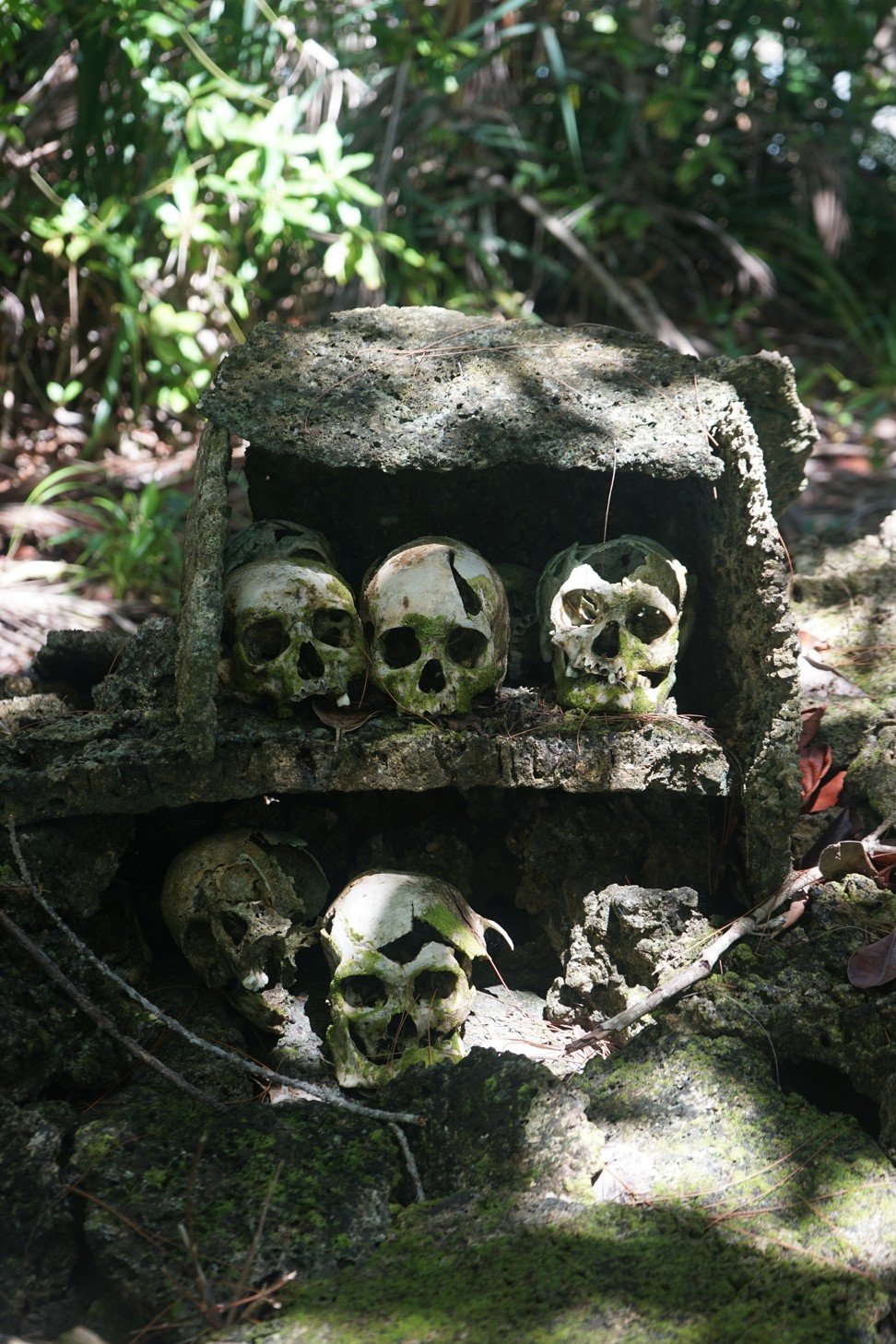
Tetepare is a rugged island in the western Solomon Islands that’s been nominated for Unesco World Heritage protection status. It is the largest uninhabited island in the South Pacific.
Local tribes have lived on the island for generations, but around 1860 it was abandoned in a mass exodus. The reasons are still shrouded in mystery – there are persistent speculations that the tribe, following the local customs of headhunting, had run out of people, or that a disease, caused by a bad curse, had made life unbearable.
The tribe resettled and its descendants are now scattered all over the Solomon Islands. A few years later a small coconut plantation was established on the western edge on the island, but it was abandoned in the wake of the second world war, which saw fierce battles between Japanese and American forces in the Solomon Islands.
This island is one of the last intact biodiverse areas in the Pacific, a fact that didn’t escape the attention of logging companies, eagerly trying to get permission to harvest the valuable timber.
Thanks to efforts by John and Katherine Read, Australian environmentalists and local community groups, the Tetepare Descendants' Association (TDA) was created in 2000 to manage and protect the resources of the island as a conservation area. Soon after this, the Solomon government declared the island a protected zone dedicated to research.
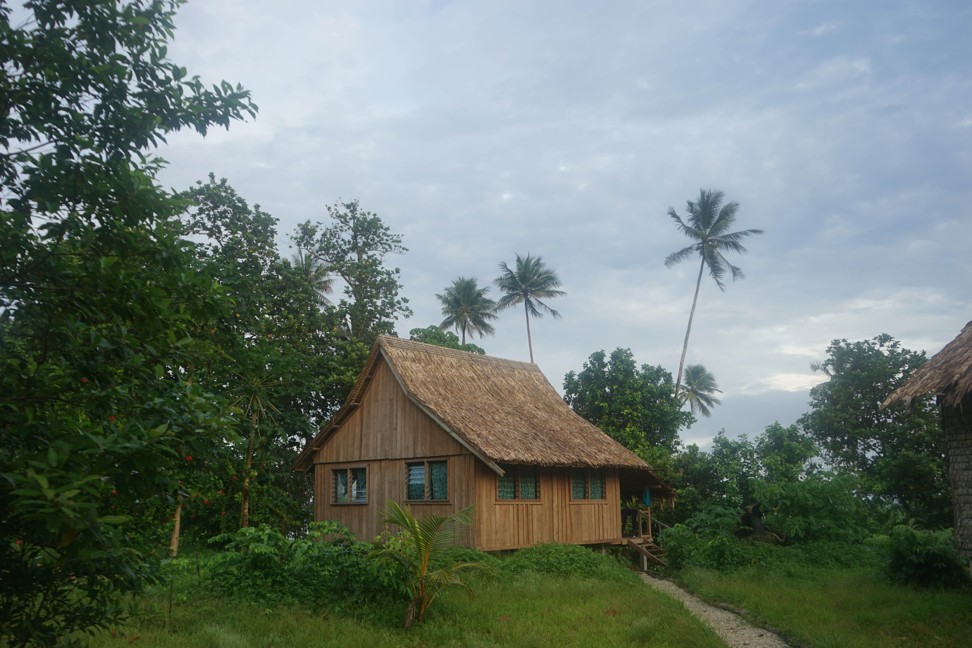
Several huts, serving as dining and guest houses are now the only structures that remain. Local research is focused on the many endangered species native to the island, including the world’s largest skink, hornbill birds, tiny pygmy parrots and dugongs, a herbivorous marine mammal. The tiny huts double as an eco-lodge, providing valuable income from tourists to subsidise research efforts.
Mary Bea and her husband Twomey greet us on the jetty, and we follow a small trail to our accommodation. A wooden hut, built in local Melanesian leaf house style will be our home for the next few days.
Mary has been one of the instrumental forces behind the island’s protection. Over a meal of sweet potato, cassava and local tuna the two talk to us about the island and its highlights. Tetepare’s long, unspoilt beaches are one of the last remaining nesting grounds for the giant leatherback turtles. The huge reptiles can weigh up to almost 1,000 kilogram and reach a length of two metres.

They have long been eyed as a delicacy by natives of neighbouring islands, and recent education campaigns by the global conservation body WWF, and other NGOs, have tried to reverse the trend of sharply falling turtle figures.
The WWF estimates that only 2,300 female leatherback turtles remain in the South Pacific. Sadly we are out of nesting season, but Twomey invites us to join him for a “turtle rodeo”, the nickname for Tetepare’s monitoring programme of the endangered green turtle.
Twomey and assistant ranger Manu are waiting for us on the shore, from where we board a tiny boat. We carefully patrol the shallow lagoon, diligently observing the crystal clear water for any signs of the elusive reptiles. Whenever we catch sight of a turtle, Manu takes position at the bow to jump in and catch it.
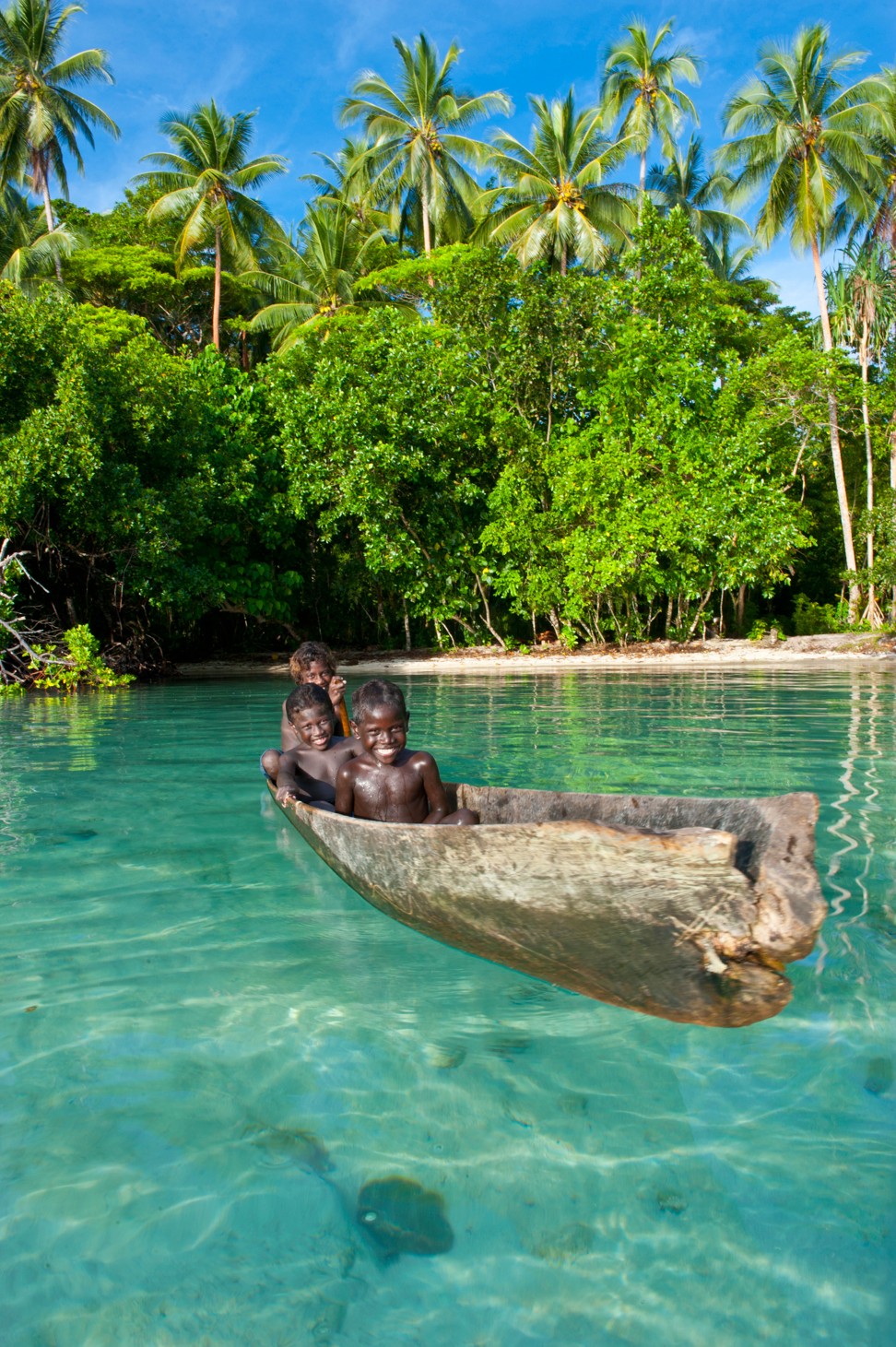
Catching a turtle from a fast moving boat takes years of training, and Manu learned it from his father who was passed the skill from previous generations. After a few attempts, he leaps off the boat with a splash and seconds later is holding the flapping turtle in his hands. We heave the innocent animal into the boat, where my daughter studies it curiously.
Back on the beach, the rangers get to work. The turtle is weighed, measured and diligently recorded. After the data is compiled, we release it and watch as it slowly makes its way back to the sea.
Tetepare’s underwater world offers many more wonders. Unspoilt coral gardens surround the island and are a paradise for divers and snorkellers. Four years ago, the first ever biofluorescent hawksbill turtles were discovered in these waters.
Don’t touch them [the lizards], they represent the last humans that lived here. – Assistant ranger, Manu
Paddling in a traditional wooden canoe, Twomey accompanies us as we explore the diverse underwater flora using snorkels. White tip reef sharks pass us by, several eagle rays glide through the water as do schools of reef fish. Only the Dugong eludes us.
Later, Mary shares stories about their constant struggle to keep the unique ecosystem preserved. Logging groups keep on promising local chiefs future riches, which then never materialise. Despite the efforts of the TDA, created to reunite the interests of the island descendants, powerful lobbyists make new attempts to access the richness of the primary rainforest. Just one day earlier they discovered some illegal gardens on the north shore of the island.
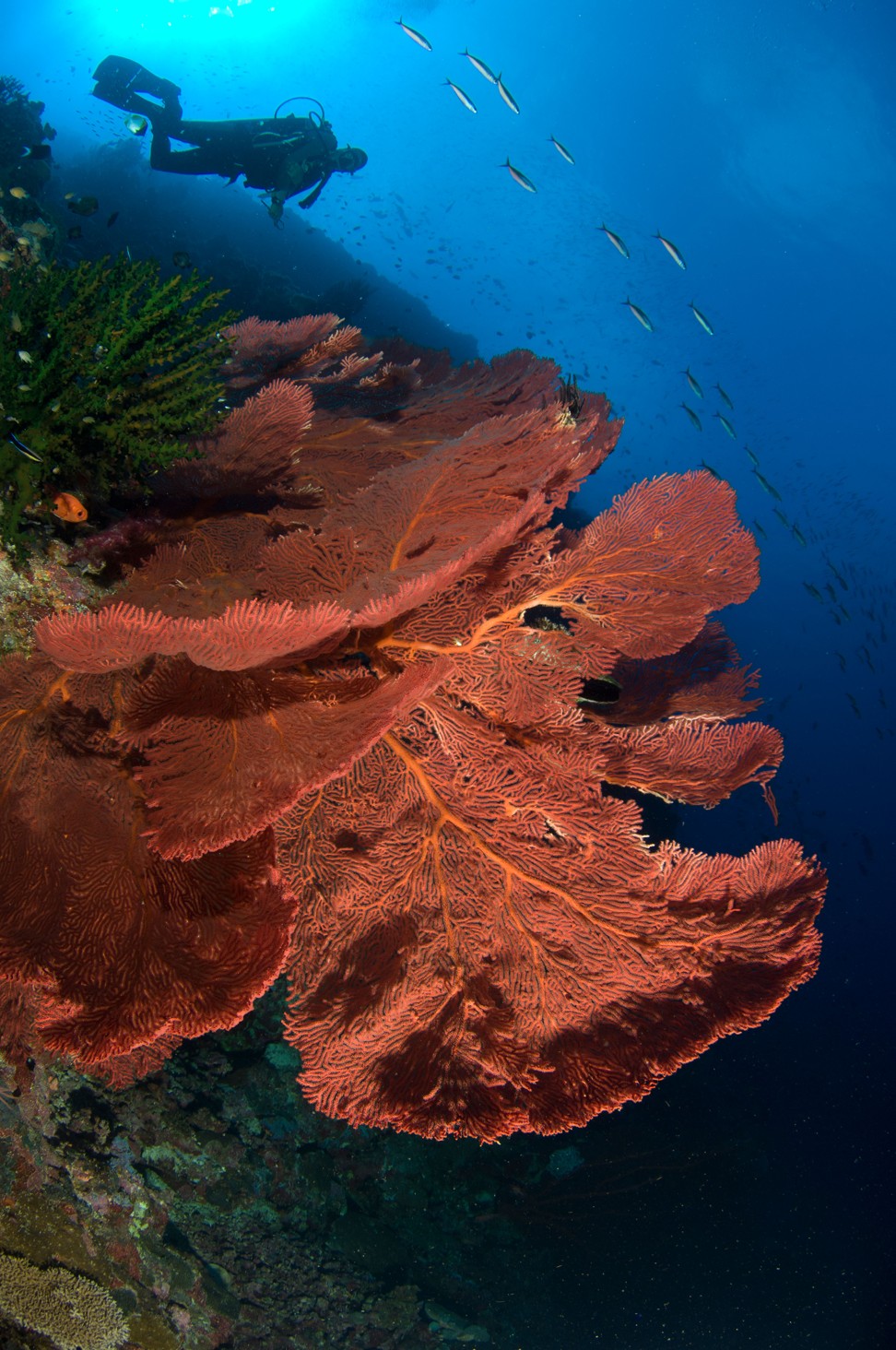
The next morning, when Manu guides us into the primary rainforest. We climb a steep ridge, muddy from the previous days rain. Thick vines cover the path and the intense green of the forest is overwhelming. “Any poisonous snakes around here?” I ask.
“Yes,” he responds, “but we will not see them. Just duck your head and don’t touch any caterpillars. Also be careful of the lizards!” On cue, a metre-long monitor lizard breaks out of the jungle and crosses our tracks.
“Don’t touch them, they represent the last humans that lived here,” says Manu.
Ancient Solomon law has many superstitions: there are flowers that, if picked, cause bad luck, and stones that, if moved, will bring bad weather. After a few sweat-soaked hours we finally reach the other coast. Our goal is the aptly named Crocodile Lake, an oasis hidden behind thick bush.
It is beautiful and peaceful, but swimming is not an option here. Manu starts to make barking noises (crocodiles like dogs, he explains) and a few metres from us two small eyes start moving slowly on the surface. Its silhouette is hard to distinguish, but the crocodile is the apex predator of the island. Despite Manus’ assurance, it feels uncomfortably close.
On our way back to the ranger post, we trek through parts of the old coconut plantation which at its peak covered 10 per cent of the island’s surface. The rainforest has long since claimed the territory back, however the effect of previous cultivation can still be seen in the secondary forest. It is less dense and diverse, mainly dominated by impressive strangler fig trees, with some reaching 50 metres into the sky.

Back at the ranger station, Twomey has a surprise for us – he has laid traps for coconut crabs to monitor after dinner. Along a small jungle path he has laid out opened coconuts in the hope of attracting the endangered species.
A fist-sized baby one appears, and begins feasting on the coconut. A few minutes later, Twomey presents us with an adult. We are face-to-face with a monster.
Coconut crabs are the world’s largest arthropods, weighing up to 4kg and measuring up to one metre in size. This one is probably only half of that, but it’s by far the biggest thing like it that I have ever seen.
Back at the hut, my wife and I sit on the veranda, listening to the waves and rustling wind through the palm leaves. Above us, the Milky Way glitters. I catch sight of a shooting star and make a wish: let’s hope we can protect this jewel, this last wild island, for many years.
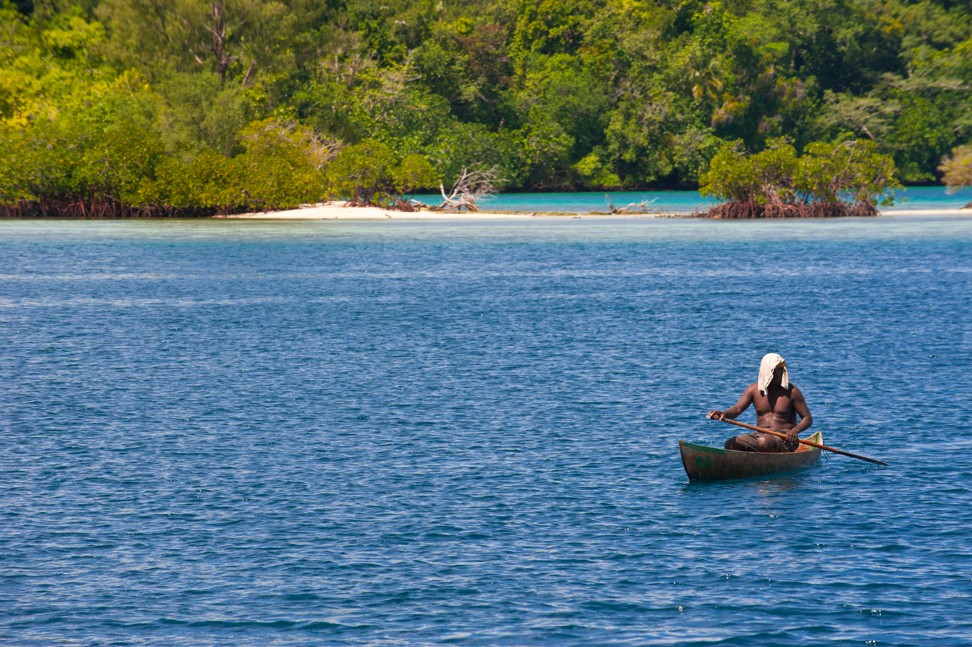
When to go:
Temperatures are fairly stable all year round (around 27 degrees Celsius, or 80 Fahrenheit), but best time to travel is during the dry season, which runs from May to October. Leatherback turtles on Tetepare nest from October to January and hatchlings make their way to the sea from January to March.
Getting there:
Solomon Islands can be reached best via Brisbane or Port Moresby in Australia. For Tetepare Island, fly from the capital Honiara to Munda with Solomon Airlines. Recently Solomon Airlines also resumed direct flights to Munda from Brisbane.
Where to stay:
A stay at Tetepare can be organised directly through the Tetepare Descendants’ Association (tetepare.org). Local guides will organise the pickup from Munda airport.
Before you go:
Pack mosquito spray and a copy of The Last Wild Island – Saving Tetepare, John Read’s excellent account of the year-long battle between conservationists and loggers.







